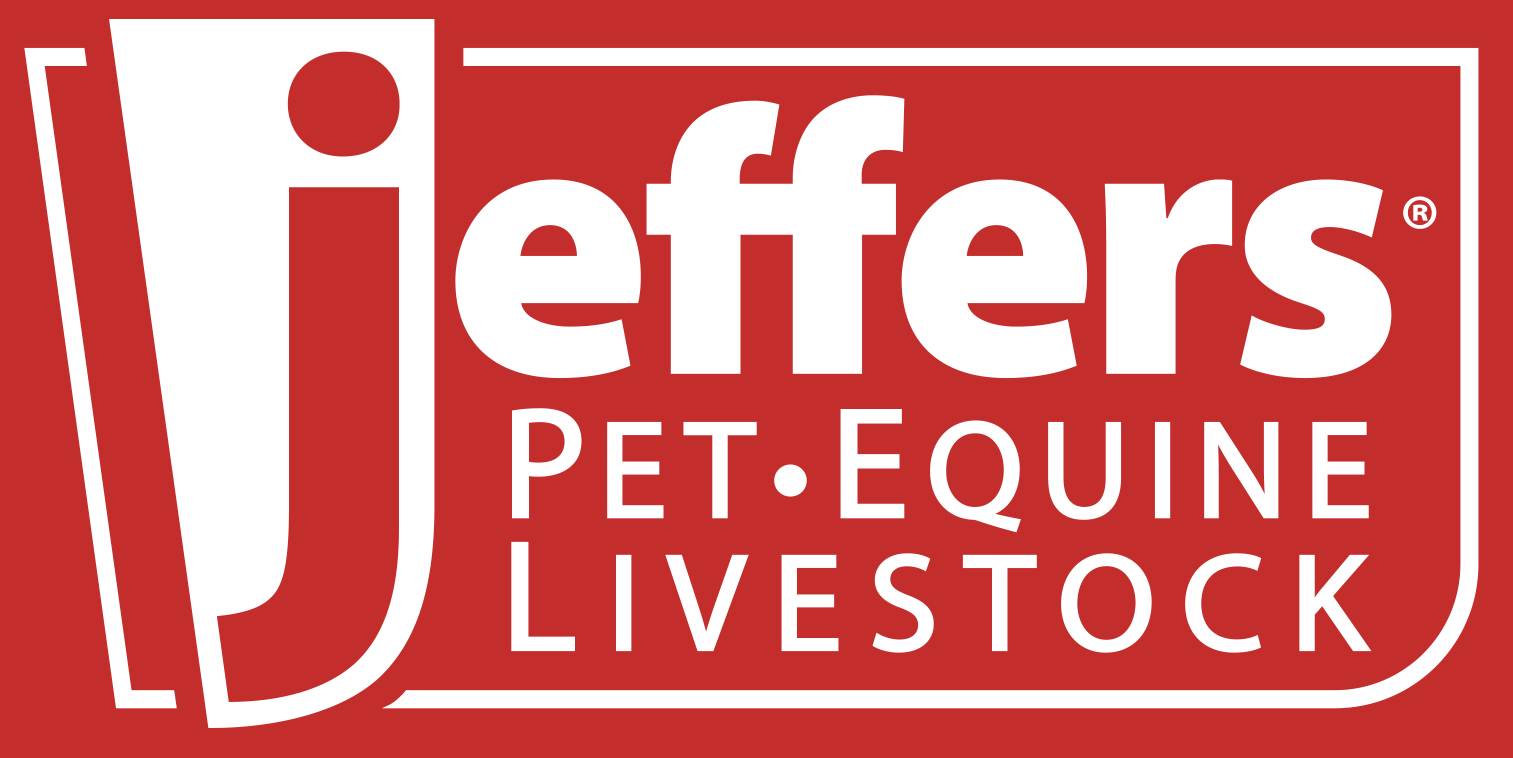Cribbing Control: When Horses are Beavers
Posted February 9, 2015 in Equine Blog by Jeffers Staff

When my wife and I became horse owners in 1998, we were under the impression nothing could be easier. “Provide some grain, hay, shelter, hoof care, and water,” I said, “and that’s about all there is to it.”
We knew we had to train them to be able to ride them, but people like John Lyons or Pat Parelli provided workshops for that.
A piece of cake, right?
Wrong.
We were the proverbial babes in the woods or, as Parelli and Lyons made clear about our type, “owners green as gourds.”
When one of our horses dropped to the ground one time to roll, we were about to call the vet. We didn’t know horses roll themselves all the time – especially after you spend a good hour brushing and grooming them.

And we didn’t know the curiosity of horses. We had one who would mess around with anything in the pasture. When our landlord at the time burned his trash, who do you think would have a face with soot and ashes all over it when we arrived to feed? One time our landlord made the mistake of leaving his pickup window down when he went to tend to some brush and his horn button ended up stolen by our equine thief.
We learned. In fact, our library and DVDs about horse behavior grew and grew. And our own experience brought another lesson home.
That is that some horses are beavers. They will eat anything made of wood, from mangers to supports to trees. Oh, yeah, trees. And the equine beaver “cribbing”, as it’s called, kills trees.
We have one pasture where quite a few trees have needed removal. Our horses, and especially the curious one, will chew the bark away in a ring. The tree may bud leaves the next year, but that fall, it will die.

We’ve tried chewing remedies, from food supplements to sprays for the wood. Some of those might work for some people, but unfortunately, not for us. Chicken wire – the small octagonal-patterned stuff – works well if applied high and low enough surrounding the tree.
Also, people say the cribbing control collars work and I’ll bet so. But we have a horse of a different color, so to speak.
My friend, Tom, and I removed four trees one afternoon in a small pasture, dropping them carefully. Who wants to fix a fence, too? Then a chance conversation with a nearby cattle rancher got me thinking. The rancher said the horses had to be lacking a mineral. I went to the books again – this time on the Internet.

Some equine experts think mineral blocks containing magnesium help cribbing. Look, the Internet is wrong as often as right, but we gave it a try with a 12-mineral block. A few months later, we let the horses into the small pasture, and not a tree was touched. That’s highly unusual.
In addition, magnesium is touted as a hoof builder on the ’Net. As golfer Lee Trevino taught, “Whatever works.” We’ll keep you posted.
To find out what works best for you and your horse, take a look at Jeffers Equine’s supply of anti-cribbing products including collars, muzzles, liquids, and sprays.
~ ~ ~ ~ ~ ~ ~ ~ ~ ~
Neal McChristy is a freelance writer with over 25 years journalism experience in magazine, newspaper and Web-based work. He has been contributing editor for a magazine column in the wide-format industry for seven years. He also has over 16 years’ experience as reporter and editor in the printing and imaging area. He and his wife have three horses. They were “green,” knowing little about horses when they began to acquire them in 1998. They learned about them through training lessons by Pat Parelli, John Lyons and others in the field of “gentle training” and “natural horsemanship”. Neal lives in Pittsburg, Kansas, and currently writes action-adventure novels, which he has done for over 10 years. You are welcome to contact him at freelance9@cox.net
